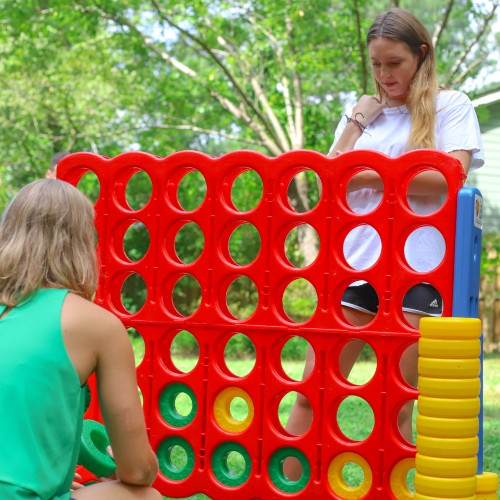
Another kinematics model is of transition period of removing. First we show kinematics model of stable Jenga tower.

In this paper, we make Jenga kinematics model. This paper describes our strategic implementation how robot removes blocks from Jenga tower. We adopt Jenga game as our first target task. Our goal is to copy human dexterity of manipulation with force feeling to robot manipulation. It is well-known and, since the manufacturer (Hasbro, 2007) has only one place of production, the game is exactly the same all over the world.

Besides, the Jenga game could be used as an international benchmark for manipulation control concepts (including force/torque control, distance control, and visual servoing). This and further research on sensor fusion methods will be a major focus of our future work.
GAME JENGA GENERATOR
Within this work, a second-order generator (rectangular acceleration signals) has been applied (Kroger et al., 2007), but, for the aim of bringing the mentioned concepts into industrial practice, a jerk-limited generator will be necessary. A key part of this work is the online trajectory generator. The scope of these kinds of systems is certainly not limited to industrial manipulation applications, e.g., the potential in the field of medical robotics is also very high and has to be investigated. This exhibit has no direct industrial use, but it clearly shows the potential of multisensor integration and opens new possibilities for industrial manipulation. The implementation of the Jenga game has been chosen to verify the integration of existing concepts such as force/torque control, distance control, real-time behavior of distributed control systems, sensor data fusion, online trajectory computation, and visual servoing in one exhibit. This article describes an overview of a prototypical manipulation control system, which is able to play Jenga. From the experimental results, we confirm the improvements on the flute sound produced by the robot.

A set of experiments was proposed to verify the effectiveness of the proposed AFCS to control the air pressure and to detect/correct faulty notes during a performance. The AFCS is composed of three subsystems (which are detailed in this paper): WF-4RIV's Control System, Expressive Music Generator and Pitch Evaluation System.
GAME JENGA PROFESSIONAL
For this purpose, in this paper, we present the implementation of an Auditory Feedback Control System (AFCS) designed to enable the flutist robot to analyze the flute sound during a performance (in a similar way professional flutists practice before a performance is held).

Although the WF-4RIV is able to play the flute nearly similar to the performance of an intermediate player, further improvements in terms of cognitive capabilities are still required (i.e., autonomously improve the quality of the sound during performance based on the sound processing). 4 Refined IV (WF-4RIV) has been designed to mechanically reproduce the human organs involved during a flute-playing performance. As a result of our research, the Waseda Flutist Robot No. Our research at Waseda University has been focused on developing an anthropomorphic flutist robot. MPRs are designed to closely reproduce the required motor skills displayed by humans in order to play musical instruments. Up to now, different kinds of musical performance robots (MPRs) have been developed.


 0 kommentar(er)
0 kommentar(er)
